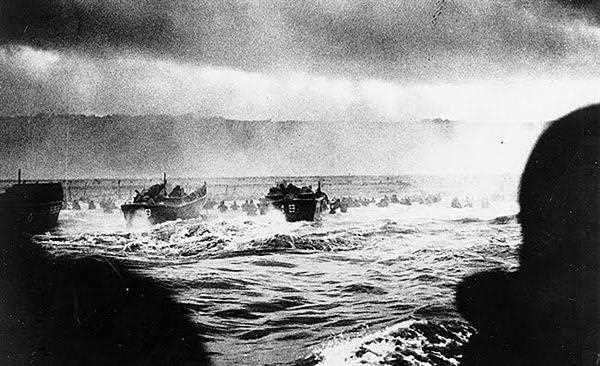Weather played a crucial role in the planning and execution of the D-Day invasion during World War II. The invasion, which took place on June 6, 1944, involved a massive Allied landing of troops and equipment on the beaches of Normandy, France. The weather conditions on that day were critical to the success of the operation and were carefully monitored by military planners in the weeks and days leading up to the invasion.

The initial invasion date was set for June 5, but the weather conditions were not favorable, with high winds and rough seas forecasted. General Dwight D. Eisenhower, the Supreme Commander of the Allied Forces, made the decision to delay the invasion for 24 hours, a risky move that involved rearranging troop movements and supplies. The decision was based on forecasts from meteorologists, who predicted that the weather would improve the following day.
On June 6, the weather conditions were still far from ideal, with cloudy skies, light rain, and high winds. However, the forecast indicated that the weather would improve slightly in the early morning hours, and General Eisenhower decided to proceed with the invasion. The cloudy skies were actually an advantage for the Allies, as they provided cover from enemy aircraft, and the high winds helped to obscure the landing craft from the German defenders.
The weather conditions on D-Day were not without their challenges, however. The rough seas caused many of the landing craft to veer off course, making it difficult for the troops to reach their designated landing zones. The heavy cloud cover also made it challenging for pilots to navigate and drop bombs on their targets accurately.
Despite these challenges, the Allies were able to establish a foothold on the beaches of Normandy, thanks in large part to the careful monitoring of the weather conditions and the quick decision-making of General Eisenhower. In the days and weeks following the invasion, the weather continued to play a significant role in the progress of the battle, with rain and fog slowing down the Allied advance and creating difficult conditions for both sides.
Also Read: Ukraine Invasion